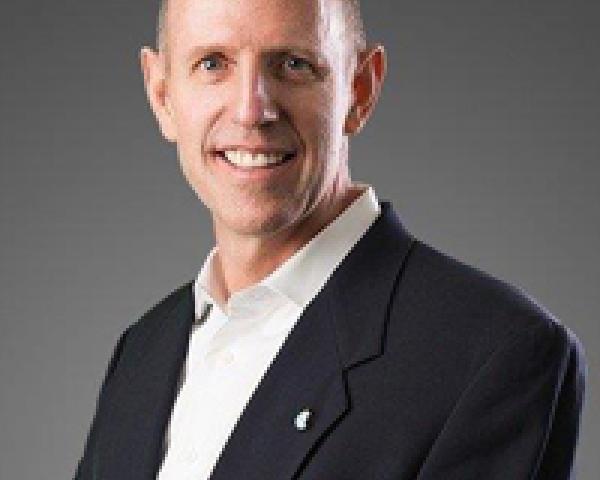A landmark decision paves the way for a high-cost/high-volume pricing model for healthcare.
As physicians and hospitals compete for the “under 65” patient -- whose payments are generally 150%-plus higher than for a Medicare patient -- they have to determine their pricing model. The traditional choice is to offer a low price per service based on a higher volume, or a high price per service based on a lower volume. But some are charging a higher price with the goal of generating higher volume, and their number may increase.
Healthcare spending is already 17.5% of U.S. GDP and is expected to hit 20% by 2025. This high-price/high-volume approach could exacerbate the problem.
See also: Healthcare: Time for Independence
Part of the reason for concern is a recent landmark decision, in which Cigna was ordered to pay an out-of-network provider more than $13 million to cover certain alleged underpaid claims and ERISA penalties. ERISA is the federal law governing large employers that self-insure their medical plans (generally those with more than 250 employees).
In the lawsuit, Cigna alleged that the supplier was failing to collect the patients’ deductibles and coinsurance. The carriers’ intent is for the supplier to collect the deductible and coinsurance to make patients aware of the supplier’s charges and of their shared responsibility for the bill. Cigna took the position that, if the healthcare supplier does not collect any payment from the patient, the provider is accepting as “payment in full” the amount processed by Cigna on behalf of the employer. Cigna argued that, if the patient's portion under the Summary Plan Documents (the carrier’s contract with the employer and the employee) is waived, then the plan’s portion is waived, as well.
When suppliers “forgive the patient liability,” these healthcare providers often have a revenue model of very high prices with the goal of higher volumes. They’ll entice the patient to use their more expensive services because the patient does not have to pay anything -- and the higher payment to the healthcare provider under the plan will more than cover the liability that the provider forgave for the patient, even though the average employee deductible is high, at $1,300.
Most patients have not grasped that healthcare suppliers are running a business and that prices vary by as much as 300% within a network. As a result, while employees (the patients) may save money when the provider waives their financial responsibility, they lose in the end. That's because their employers’ costs increase, resulting in higher health insurance costs, with larger deductibles and payroll contributions for all employees.
The court's decision to reject Cigna’s claims creates further risk to the affordability of healthcare for employers, as employees will be financially motivated to access care from suppliers with higher prices because the patient’s liability is forgiven. Can we expect other healthcare suppliers to implement a revenue model tied to high prices with no patient liability?
See also: AI: The Next Stage in Healthcare
Conversations with a number of healthcare suppliers shows that many do not realize that most large employers self-insure their medical plans; the suppliers perceive that the insurance carriers covers the costs. The purchasers (the employers) have the opportunity to engage the healthcare suppliers (hospitals/physicians) in a discussion around supply chain management, quality and patient safety, so the providers fully comprehend that the one ultimately paying the bill is monitoring their performance.
We’ll look forward to sharing the results of this type of collaboration, now underway in a major market. It’s time for employer-driven healthcare.



